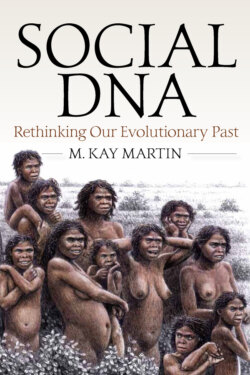Читать книгу Social DNA - M. Kay Martin - Страница 19
На сайте Литреса книга снята с продажи.
Perception of Conception
ОглавлениеIn 1991, Emily Martin (no relation) wrote an enlightened and entertaining article entitled “The Egg and the Sperm: How Science Has Constructed a Romance Based on Stereotypical Male-Female Roles.” Its focus is on how male and female behavioral stereotypes have become infused into the imagery of conception. How could the description of a relatively straightforward biological process be influenced by cultural bias? Martin’s paper calls attention to the findings of a Johns Hopkins University study that fundamentally revised the science on how fertilization actually occurs. Whereas it was formerly thought that sperm were the aggressors that burrowed through the egg’s zona by the force of their tails, the study discovered that eggs actually capture sperm cells, adhering to them firmly and forcing the head of the sperm to lie flat against the surface of the zona. Successful conception requires a unique and active partnership between the gametes:
The trapped sperm continues to wiggle ineffectually side to side. The mechanical force of its tail is so weak that a sperm cannot break even one chemical bond. This is where the digestive enzymes released by the sperm come in. If they start to soften the zona just at the tip of the sperm and the sides remain stuck, then the weak, flailing sperm can get oriented in the right direction and make it through the zona—provided that its bonds to the zona dissolve as it moves in. (Martin 1991: 493)
Martin’s point is that even in the seemingly objective context of reproductive physiology, biological facts can be construed in cultural terms. Thus, female gametes have been typically characterized as slow-moving, passive, dependent cells waiting to be “deflowered” and seeded with life, while male gametes are aggressive, active, and competitive cells bent on forceful penetration of the hapless egg. The fact that eggs play a very active and complementary role in facilitating fertilization by trapping sperm cells and preventing their escape—that eggs and sperm are mutually active partners in the business of conception—was an idea unexplored by biologists for decades. Instead, eggs and sperm in scientific discourse took on the idealized personalities of females and males in the larger society.1
